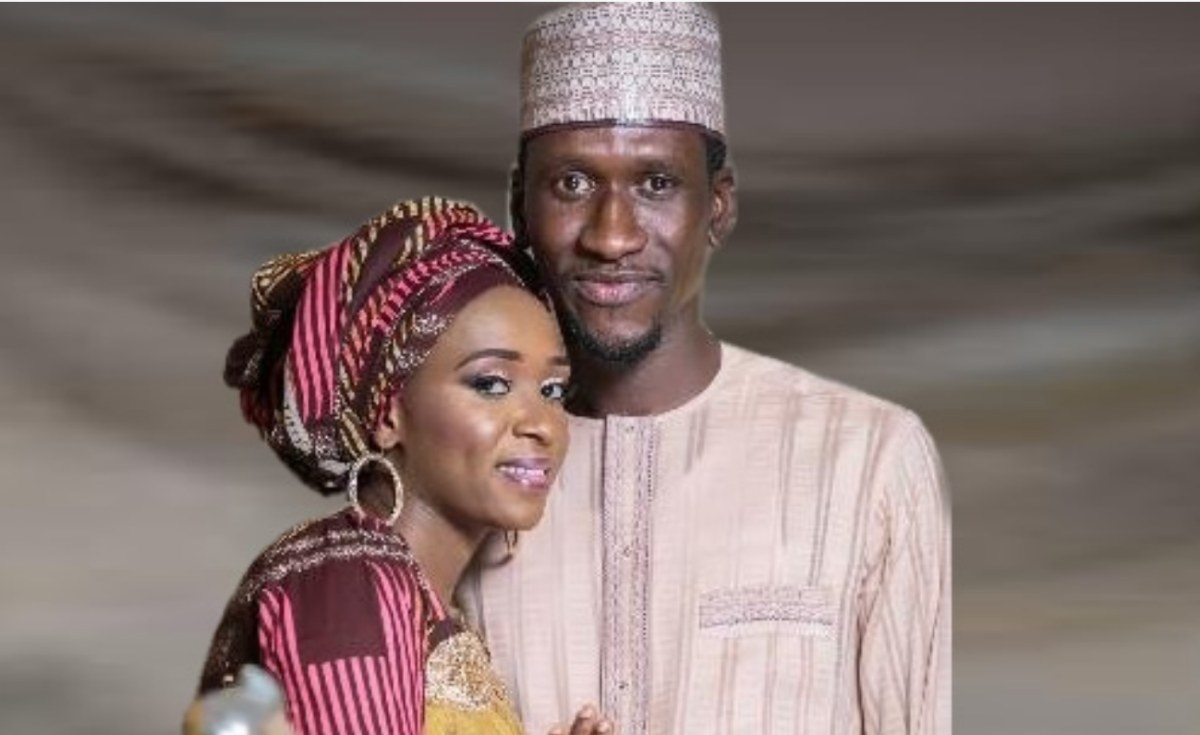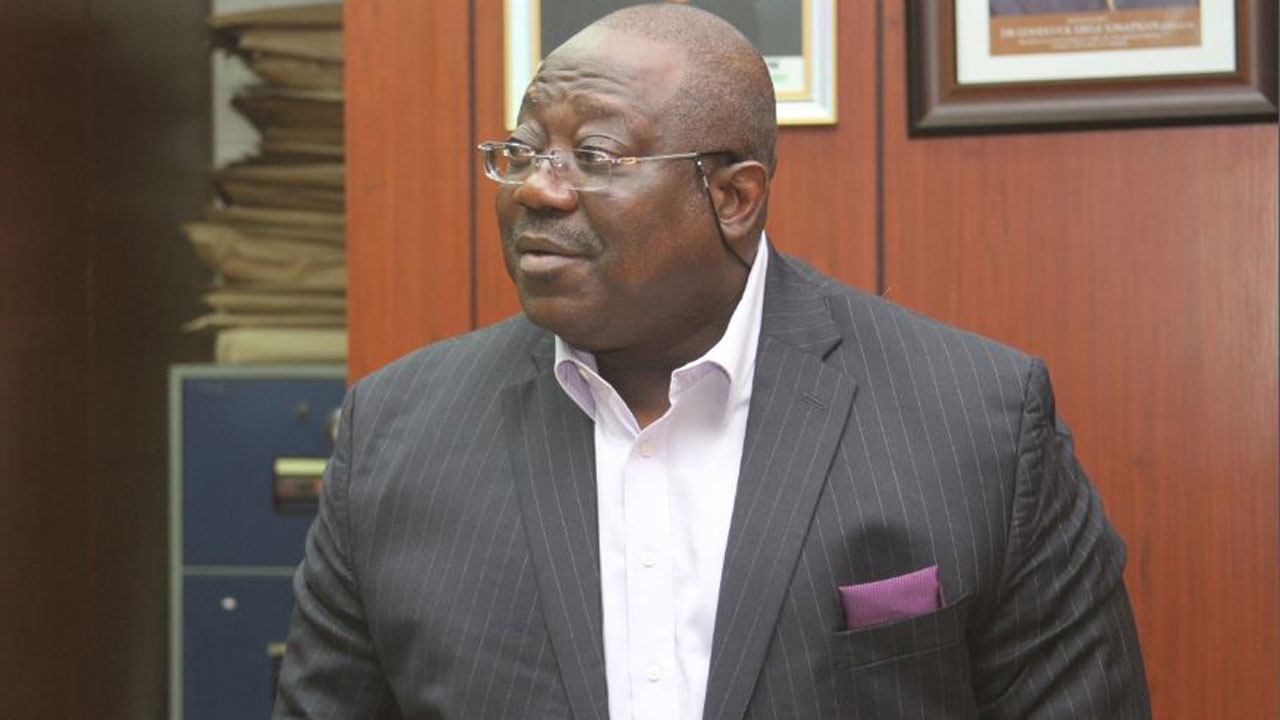
From the days of hunter gathering up to recent times, humans in their quest for dominance and power have engaged in various forms of wars. About 248 conflicts in 153 locations have been recorded between the end of World War 11 and 2010. In the quest for greater control, humans have used various instruments of wars to achieve their aim. One of such instruments used among is sexual violence. Tekena Ikoko describes it in his book titled: What the rabbit did not know. He said, “When men were hunters, manhood was gold, women were objects, life was sweet. When women began hunting, vagina was a weapon, men were butchered, life was sweet”.
The Centre for Disease Control and Prevention (CDC) defines sexual violence as a “sexual act committed against someone without that person’s freely given consent”. They further stated, sexual violence could be categorised into the following: completed or attempted forced penetration of a victim, completed or attempted alcohol/drug-facilitated penetration of a victim, completed or attempted forced acts in which a victim is made to penetrate a perpetrator or someone else, completed or attempted alcohol/drug-facilitated acts in which a victim is made to penetrate a perpetrator or someone else. Also, non-physically forced penetration which occurs after a person is pressured verbally or through intimidation or misuse of authority to consent or acquiesce, unwanted sexual contact, and non-contact unwanted sexual experiences.
The report of the UK House of Lords, select committee on sexual violence in conflict; 2015-2016, shows that sexual violence in conflict is currently taking place in 19 countries. United Nations report shows that sexual violence has occurred in most countries which had experienced conflicts. Cases of sexual violence in conflict have been reported in Indonesia, Bangladesh, Korea and India. In South America, as much as 8% of Brazilians and 6% of Albanians women aged 16 years and older have been victims of sexual violence. In Africa, the statistics varied from 4.5% of South Africans to 0.8% of Botswana women.1 In Liberia, women aged below 25years are more likely to report cases of attempted rape and sexual coercion by soldiers or fighters. The study also shows that adult women are more likely to be tied, striped and searched than younger women.
Sexual violence has been more popular as an offence committed towards women. Recent studies show there is an increase in the number of reported cases of sexual violence committed among males during conflicts. Sandesh Sivakumaran in his study stated that sexual violence among male is committed in nearly every armed conflict. Sexual violence globally is under reported, this may be due to a number of causes which may vary between discrimination, stigmatisation, fear, guilt, confusion and others. Men in some society may be reluctant to report cases of sexual violence where display of emotion and report of such incidents is considered un-masculine2. This has continually affected the numbers of male reported cases of sexual violence during conflict.
In Nigeria, sexual violence has been perpetrated by the notorious Boko Haram sect. According to the UN Secretary General, over 2000 women and girls have been kidnapped by this extremist, many often used as slaves or given out in marriage. And in instances where the girls refuse sexual advances, they are either harmed or killed. Although there are limited data to back this claims largely due to victims not reporting sexual violence. Many of the victims of this heinous crime have been girls that attend western-styled education, Christians, traditional leaders and Muslims who oppose there ideologies. Men and boys alike have also been abducted with the option of fighting or being killed.
A number of health challenges, both long and short term, develop as a result of complications associated with sexual violence during conflict. In conflict prone areas such as Congo DR, cases of fistula and other gynaecological complications have being recorded. This may be associated with the introduction of foreign objects into the genitalia, gang rape, or gun shots. In certain cases, this may lead to protean and horrific manifestations which often requires prolong and painstaking surgery. The opening (fistula) may even extend to the whole of vesico-vagina or recto-vagina wall or in some extreme cases the whole perineum. Furthermore, complications may lead to other coital or reproductive malfunctions. They are also exposed to infection of HIV/AIDS and other sexually transmitted diseases with no hope for post exposure HIV prophylaxis or post coital contraceptives.
More so, the psychological traumas experienced by these victims are immeasurable. In a study, it was revealed that about 33% of female victims of sexual violence suffer from elements suggestive of psychiatric disorders. In another study, sexual violence was related to post traumatic stress disorder which often leads to depression and alcohol addiction.
With an increase in conflict, wars and violence in many regions, more actions and interventions should be taken in preventing sexual violence associated with conflict. More so, rehabilitation and reintegration of some of the victims of sexual violence during conflict should be given priority. International agencies and indeed governments of sovereign nations should manage conflict and ensure that people are not active participants in conflict especially, the most vulnerable group, be protected in the event of conflict. Timely intervention of the international community could also help in the reduction of sexual violence during conflict.






